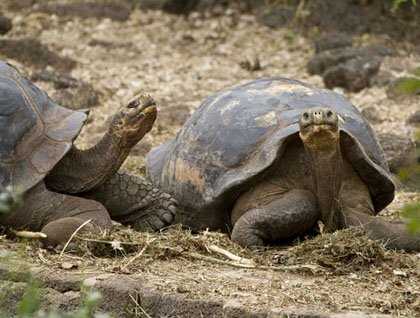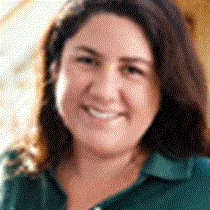After spending several days isolated from reality, it is hard to imagine there can be a town in the Galapagos Islands. But indeed, there are a few, and Puerto Ayora is the largest. In the twenty two years I have been in this archipelago I have seen it growing from a village of 4,000 inhabitants to a busy place of at least 20,000. There are pick-up trucks, bicycles, and motorbikes, three and four-floor buildings, a couple of banks. But still, one gets to the sidewalk along the ocean, or to the fishermen’s dock, or just by the way people walk and talk and behave, and one knows that this is still a unique part of the world, touched by the magic of Mother Nature.
Sea lions sleep among the busy market, enjoying long siestas after a free fish feast provided by the fishermen. Pelicans and frigates land among people, without caring about our presence, to also take advantage of the easy meals. There are mangroves in the surroundings, and the view of a turquoise bay with many ships, all sizes and colors. The fishermen’s dock is a charming place, as is Puerto Ayora, and as is the whole island where people have learned to live in communion with nature. The school we visited today, for example, is hidden in an endemic forest of trees related to sun flowers. The classrooms have no glass windows, and they are often visited by Darwin’s finches or noisy mockingbirds. It is the Tomas de Berlanga School, and we believe it is educating the future leaders of this archipelago; therefore Lindblad Expeditions and National Geographic give several scholarships per year to kids from these islands.
So we have enjoyed the charm of an inhabited island, but also one of its most famous creatures, the giant tortoise. Tortoises in the morning, at the National Park Breeding Center, and in the wild, grazing freely on the abundant vegetation of the highlands. We have tasted sugar cane, and tried its juice, and some even its alcohol. It’s been a day for all.









